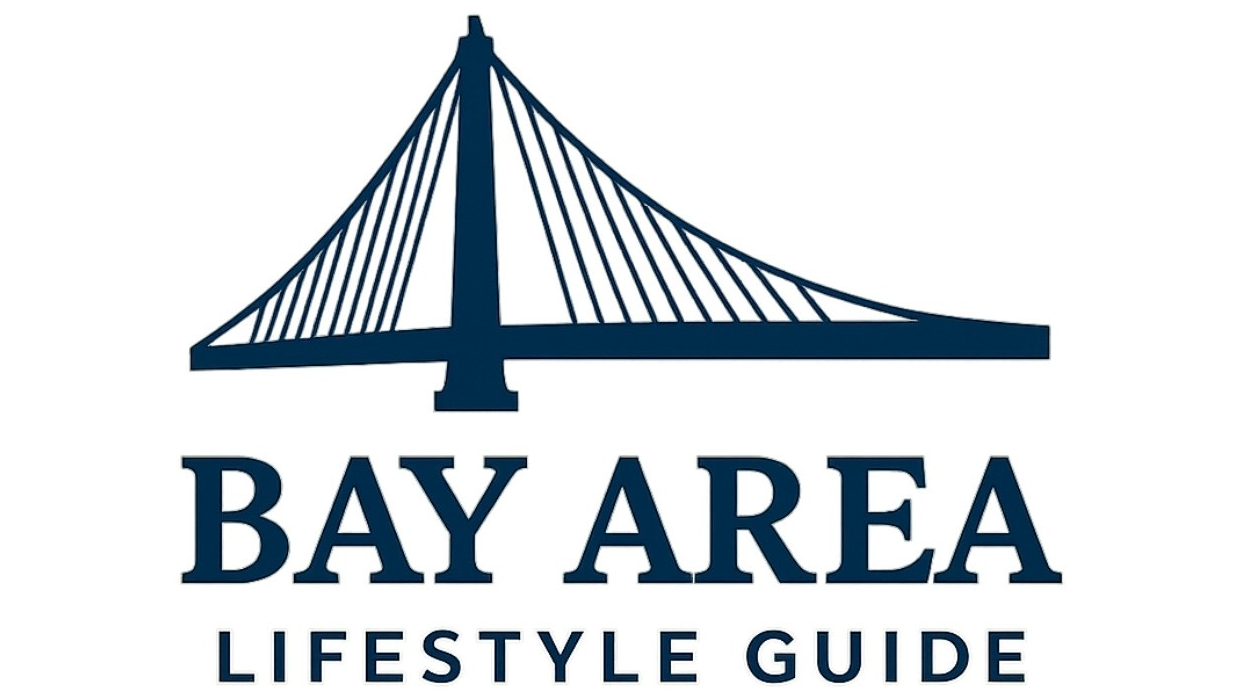
Understanding the Crisis: Tesla's Door Handle Redesign
In a move that has become crucial for safety and user experience, Tesla reported plans to redesign their car door handles after 140 alarming complaints of occupants being trapped due to malfunctioning locks. This decision comes amid a federal investigation into around 174,000 Model Y vehicles from 2021, sparked by a troubling incident in Germany where a father and his children lost their lives as they were unable to escape a burning Tesla.
The Details Behind the Investigation
The National Highway Traffic Safety Administration (NHTSA) announcement marks a significant point for the electric vehicle manufacturer, as the investigation focuses on serious safety concerns regarding the locks that could lead to catastrophic outcomes. Complaints have surfaced since 2018 across various Tesla models, with reports revealing that in critical situations, users found it impossible to open the doors due to mechanical failures.
Design Changes: Addressing User Needs
Franz von Holzhausen, Tesla’s design chief, announced a phased approach to redesign the interiors, merging the electronic and manual door release mechanisms into a cohesive design. Currently, the manual release is positioned in disparate places across models, adding confusion during emergencies. For example, the release in the Model Y is hidden between the door and the handle, while in the Model S, it is tucked away under the rear seats. By making these releases more intuitive, the company aims to enhance user experience and safety, especially in panic situations, as von Holzhausen emphasized the importance of “muscle memory” in emergencies.
A Safety Culture Shift in the Auto Industry
This incident is a stark reminder of the need for safety regulations within the emerging electric vehicle sector. As manufacturers rush to innovate, the welfare of users must be paramount. Tesla, having faced scrutiny in the past due to door lock issues, is now under increased pressure to ensure their designs prioritize faultless safety. In 2023 alone, they recalled over 120,000 Model S and Model X vehicles due to safety concerns regarding doors potentially unlocking in crashes.
Community Reactions: From Concern to Advocacy
The potential risk involved with the current Tesla door lock design led to an outcry among consumers and advocates for safer vehicles. While enthusiasts are excited about Tesla’s innovative technology, instances like the aforementioned tragedy call for a more cautious embrace of such advancements. Many consumers, especially those in the Bay Area focused on health and wellness, value their safety significantly. Discussions surrounding these incidents have fostered grassroots initiatives aiming to hold companies accountable, pushing for stronger safety measures across all vehicle manufacturers.
What This Means for the Future of Transportation
As Tesla makes moves to address these safety concerns, it also opens a broader conversation about advancements in vehicular technology versus real-world implications. Future trends in automotive design may focus more intensely on safety protocols and user-friendliness, ensuring that technology does not outpace safety. It also poses a critical question: How will the evolving auto industry integrate these considerations adequately into their innovations moving forward?
Taking Action: What You Can Do
For lifestyle-conscious adults in the Bay Area, it is vital to stay informed about product recalls, especially those involving significant safety concerns. Engaging with local consumer advocacy groups can provide not only valuable insights but also empower community members to voice their concerns effectively. By fostering dialogues about safety, consumers can play an active role in shaping the future of automotive design.
The Road Ahead
As Tesla navigates this pivotal moment, the spotlight remains not just on the company but on the culture of safety within the automotive industry. Consumers hope that this redesign does more than improve door functionality; it should reflect a commitment to prioritizing passenger safety. The transition from innovation to safety without compromising quality represents a challenge and an opportunity for automobile manufacturers in an era where technology reigns supreme.
 Add Row
Add Row  Add
Add 



Write A Comment